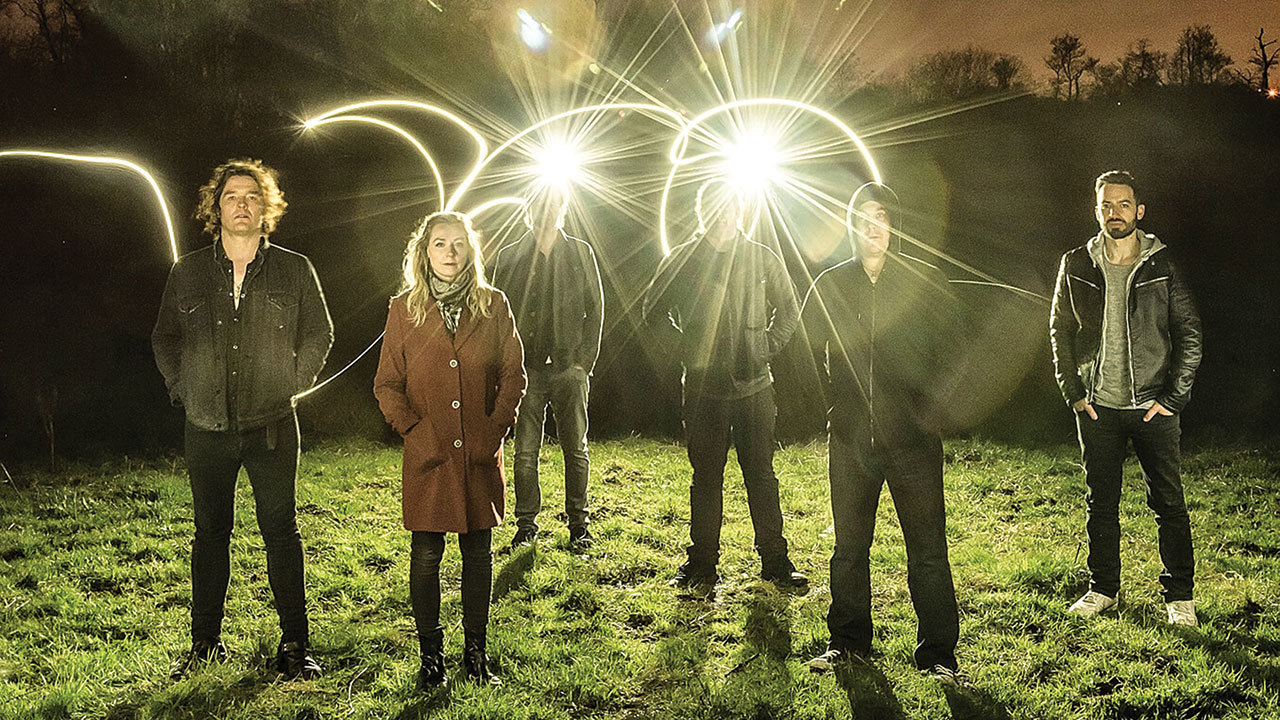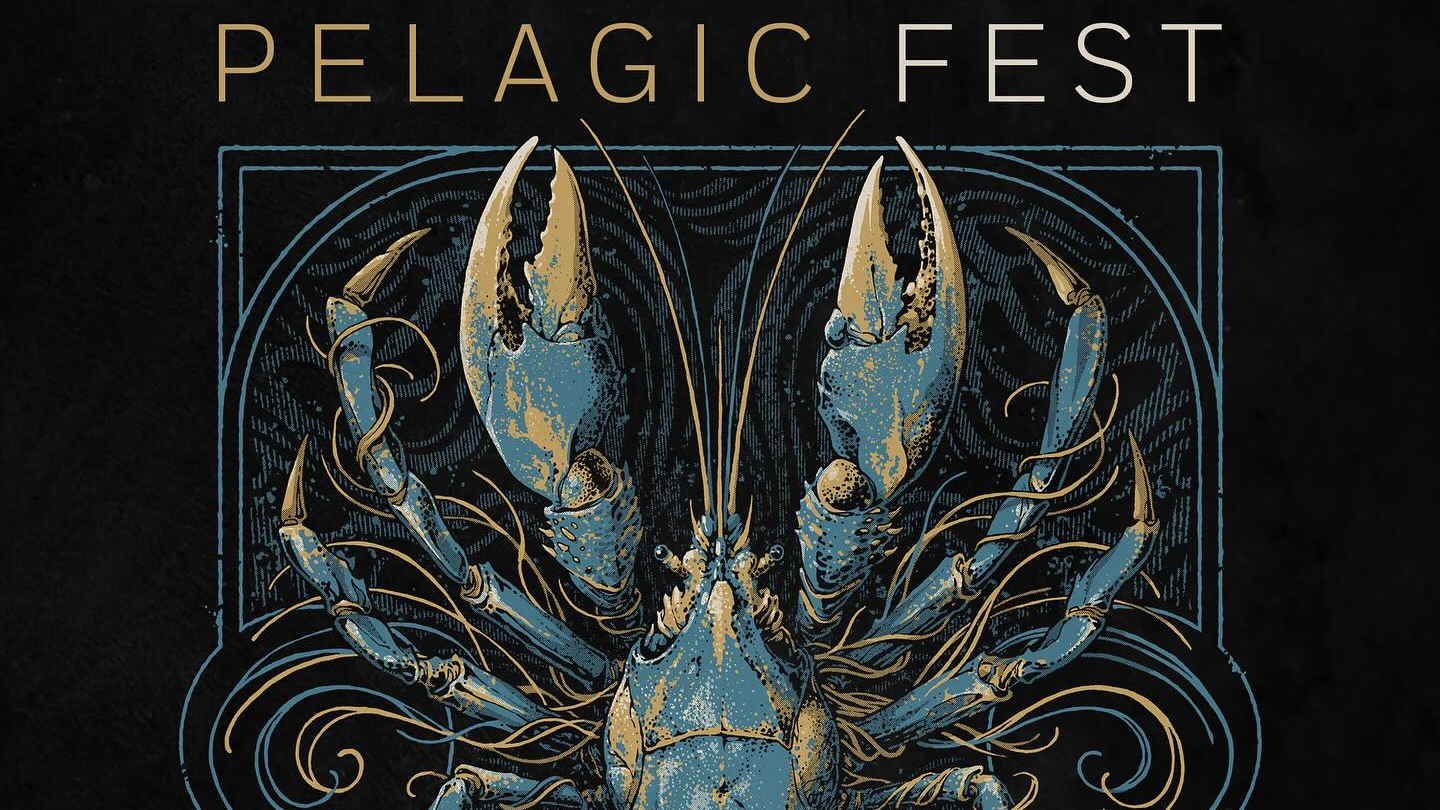The 10 proggiest Anathema songs
They toppled the Prog Reader's Poll and appeared on our latest cover: now, we chart Anathema's 25-year sonic journey into the heart of prog

British proggers Anathema recently topped the Prog Readers’ Poll, scooping the top spot in the best band, best album, best male singer and best female singer categories of 2017. But as we hear in the latest issue of Prog Magazine, for brothers and bandmates Danny and Vinnie Cavanagh, it’s been a rocky road to get here. Starting off life as a doomy death metal band in 1993, the path from metal’s most extreme corners has been one fraught with upheaval and hard times.
Below, we map the band’s music journey from extreme metal purveyors to 2017’s best loved prog band.
Dreaming: The Romance (Serenades, 1993)
Emerging as part of a groundswell of British extreme metal bands, Anathema’s original incarnation was a harsh and gloomy one. But the final song on their 1993 debut album, Serenades, took another path entirely. A 23-minute ambient electronic piece that nodded to Tangerine Dream and John Carpenter, it suggested there was a different band hiding behind the dirgey guitars and impenetrable vocals.
Hope (Eternity, 1996)
Anathema had previously kept their love of 70s prog, folk and classic rock hidden, but they stepped out of the shadows on 1996’s Eternity with this faithful cover of a 1985 Roy Harper song, whose billowing central riff was originally written by David Gilmour. Harper himself gave it his stamp of approval, providing the spoken word intro in the form of a re-recorded version of his own Bad Speech. A glimpse of the future opening up for Anathema.
Regret (Alternative 4, 1998)
Released in 1998, Alternative 4 was a pivotal album for Anathema – the point where they noticeably began to move on from heavy metal roots. At nearly eight minutes, Regret was the sound of a band dipping their toe into the prog pool – a heavily textured mix of the acoustic and the electric, underpinned by some vintage keyboard work, it succeeded in throwing off the shackles.
One Last Goodbye (Judgement, 1999)
Since his tentative vocal debut on 1995’s The Silent Enigma, Vinnie Cavanagh had come on in leaps and bounds as a singer. 1999’s Judgement features his best performance as a singer, on One Last Goodbye, a song written in tribute to the Cavanagh’s late mother. Anathema had dealt in emotion before this point, but this was something else.
Release (A Fine Day To Exit, 2001)
By the turn of the millennium, Anathema had decided they didn’t want to be a heavy metal band any more. 2001’s A Fine Day To Exit was their attempt to make a Radiohead album – and it was a successful one at that. Big, billowing and charged with emotion, Release feels like a dry run for the later part of their career.
Sign up below to get the latest from Prog, plus exclusive special offers, direct to your inbox!
- TeamRock+ Membership is now £2.99/$3.99!
- Anathema Added To Stone Free Line-Up
- Anathema: "The more we’re made to suffer, the more we’re made to care"
- Anathema - The Optimist album review
Flying (A Natural Disaster, 2003)
With 2003’s A Natural Disaster, the band pulled back from their Radiohead fixation and opted to scratch their Pink Floyd itch instead. Rather than simply copy Gilmour and co, they took that band’s ebb and flow and spun their own version from it. The hazy, balladic Flying is Floydian in its emotional pull, building towards an understated but impactful Danny Cavanagh solo.
Universal (We’re Here Because We’re Here, 2010)
A seven-year break between studio albums did the band no favours, but when they returned with 2010’s We’re Here Because We’re Here, it was with renewed vigour. Perhaps it was the presence of producer Steven Wilson, but it suddenly felt like the game had changed – something that was never more evident than on Universal, a symphonic prog power ballad that they could only have dreamed about making a decade before.
Untouchable Pts 1 & 2 (Weather Systems, 2012)
With 2012’s Weather Systems, Anathema staked a claim as one of the most visionary British bands of the decade. This is a bit of a cheat, as it’s actually two songs – Pt 1 starts off with a picked acoustic guitar before building up a head of steam, while the lushly orchestrated Pt 2 works as a fantastic showcase for Lee Douglas, whose crystal clear voice was by now an integral part of the Anathema sound.
Distant Satellites (Distant Satellites, 2014)
A very different kind of progression came with the title track of the band’s 2014 album. A glitchy introduction soon erupts into a full blown electronic prog anthem, complete with thumping backbeat and crashing piano chords – put it down to Vinnie’s love of late 80s and early 90s dance music. In another universe, it could easily have led them in a completely different direction for the next album – instead they incorporated the electronics in a much more subtle way.
Back To The Start (The Optimist, 2017)
The final – and finest – song on their latest album, The Optimist, might wrap up the story of the central character, but it opens up yet another possible future for Anathema. What starts as a hushed, low-key ballad suddenly changes gear and shifts into entirely new territory. The result is a kind of symphonic terrace anthem, one that crackles with verve and, yes, optimism, and suggests that whatever they do next will be worth waiting for
You can read the full story behind Anathema’s past, their present and their future in the latest issue of Prog Magazine – on sale now. Buy it directly here or become a TeamRock+ member to read it right now
Anathema: Exploring their past, their present and their future
Classic Rock, Metal Hammer, Prog & TeamRock launch She Rocks month
Dave Everley has been writing about and occasionally humming along to music since the early 90s. During that time, he has been Deputy Editor on Kerrang! and Classic Rock, Associate Editor on Q magazine and staff writer/tea boy on Raw, not necessarily in that order. He has written for Metal Hammer, Louder, Prog, the Observer, Select, Mojo, the Evening Standard and the totally legendary Ultrakill. He is still waiting for Billy Gibbons to send him a bottle of hot sauce he was promised several years ago.

